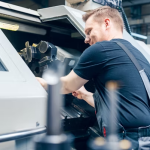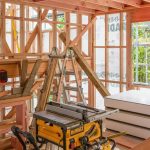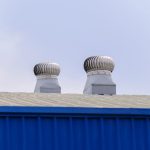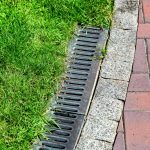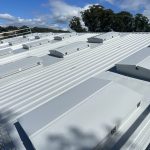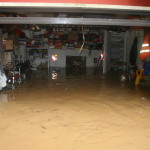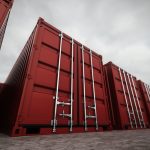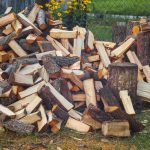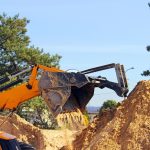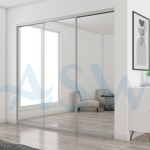What Can You Store in a Shed? A Practical Guide to Organising Your Backyard Tool Haven
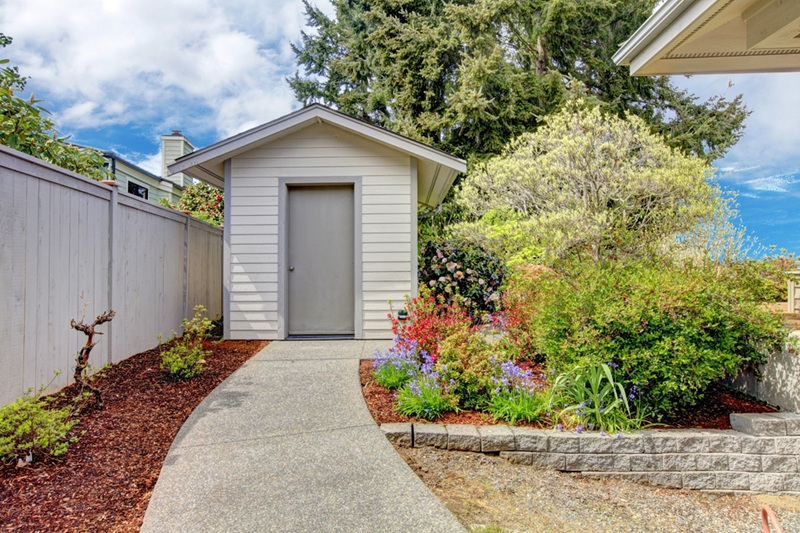
In Australia, having a backyard shed is almost a rite of passage. Whether you live in the suburbs or the countryside, a well-organised shed provides the extra space every homeowner needs. It’s where you store tools, garden equipment, and seasonal gear — and sometimes even where creative projects come to life.
But many people underestimate just how versatile a shed can be. With the right planning, your shed can safely hold everything from garden shears and power tools to a laser cutting machine or a mid-range laser engraver for your DIY projects.
In this article, we’ll explore the different types of sheds available in Australia, what tools and equipment can be stored inside, how to keep your shed safe and well-organised, and the key things to consider before storing advanced equipment like laser machines.
1. Common Shed Sizes and Specifications
Sheds in Australia come in a wide range of sizes and materials, each suited to different needs and property sizes. Choosing the right one depends on how you plan to use the space.
Here’s a quick look at the most common categories:
- Small Sheds (up to 3m²)
Perfect for compact gardens or patios, small sheds are ideal for basic storage — think hand tools, hoses, small lawnmowers, and garden supplies. They’re easy to assemble and maintain, but have limited space for larger equipment.
- Medium Sheds (3m²–9m²)
Medium-sized sheds are the most popular option among Australian homeowners. They offer enough space for garden machinery, power tools, and even a small workbench. With proper shelving, you can store items neatly and still have room for light projects.
- Large Sheds (9m² and above)
If you’re serious about tools, trades, or home workshops, a large shed is the way to go. These can house ride-on mowers, generators, welding machines, or even a laser cutting machine setup. Many Australians use large sheds not just for storage but also as fully equipped workshops or hobby studios.
- Material Types
- Steel Sheds: Durable, weather-resistant, and ideal for long-term use.
- Timber Sheds: Blend naturally with garden aesthetics but require periodic maintenance.
- Resin or Plastic Sheds: Lightweight, affordable, and resistant to rot or corrosion — great for coastal areas.
When choosing your shed, also consider ventilation, insulation, and flooring. These factors become especially important when storing sensitive or powered equipment.
2. What You Can Store in Your Shed
A backyard shed can serve as a multi-purpose storage space. The key is to categorise your items properly and ensure each has a safe, accessible spot. Let’s look at what typically goes inside:
- Gardening Tools and Supplies
Most Australians use their sheds for garden essentials:
- Shovels, rakes, hoes, spades, and secateurs
- Fertilisers, seeds, and soil bags
- Wheelbarrows and watering cans
- Lawn trimmers and leaf blowers
It’s best to hang long-handled tools on wall hooks to save floor space and prevent injuries.
- Power Tools and Equipment
Power tools are common in most sheds — especially if you enjoy DIY projects. You can safely store:
- Drills, saws, and sanders
- Air compressors
- Power washers
- Battery chargers and extension leads
Ensure these are kept off the ground and in moisture-free zones. Shelving units or tool chests help keep cords untangled and tools rust-free.
- Home Maintenance Items
Your shed can also hold the essentials for household upkeep, including:
- Paint cans and brushes
- Plumbing and electrical supplies
- Spare tiles or flooring
- Nails, screws, and fasteners
Label storage containers clearly, and never stack paint or chemical containers above shoulder height to prevent spills.
- Workshop and Creative Tools
If you’re a hobbyist or professional maker, your shed can become your creative hub. Many Australians now use their sheds for small-scale woodworking, metalwork, and engraving. This is where modern tools like a mid-range laser engraver fit perfectly.
A mid-range laser engraver is smaller but powerful enough for detailed engraving projects such as nameplates, coasters, or jewellery boxes.
These tools don’t just belong in big industrial workshops anymore. With proper setup and ventilation, you can easily integrate them into your home shed environment.
- Outdoor and Seasonal Gear
A shed is also ideal for storing:
- Camping equipment and fishing gear
- Sports equipment (surfboards, bikes, cricket bats)
- Outdoor furniture during winter
- Christmas lights and decorations
Use racks, hooks, and plastic bins to keep everything organised and protected from moisture.
3. Tips for Storing Tools and Machines Safely
When setting up your shed, safety and organisation should come first — especially if you’re storing electrical or high-value tools like a laser cutting machine.
- Climate Control and Ventilation
Australia’s weather can be extreme — from humid summers to chilly winters. Temperature changes can cause condensation, leading to rust or electrical damage.
To prevent this:
- Add insulation panels if you store electronics or wood materials.
- Install vents or a small fan for airflow.
- Consider a dehumidifier for coastal or tropical regions.
- Proper Power Supply
If your shed doubles as a workshop, ensure it has a safe, grounded electrical connection. Use outdoor-rated power boards, and keep cords off damp floors. For machines like a lawnmower, check the voltage and wattage requirements before plugging in.
- Fire Safety
Never store fuel or flammable chemicals near powered tools or heat sources. Keep a fire extinguisher accessible and ensure the shed’s wiring meets Australian electrical safety standards.
- Space Management
Plan your shed layout in zones:
- One side for gardening tools
- One wall for power tools
- A dedicated workbench area for precision tools like engravers or cutters
Use vertical space with pegboards and shelves to maximise floor area.
- Security
Laser machines and power tools are valuable assets. Consider:
- Installing a sturdy lock or smart padlock system
- Adding motion-sensor lights outside the shed
- Using GPS or serial number registration for expensive equipment
4. Storing and Operating a Laser Cutting Machine in a Shed
If you’re planning to use a laser cutting machine or mid-range laser engraver in your shed, a few additional precautions are essential:
- Ventilation:
Laser machines produce fumes and smoke depending on the material you cut. Use a built-in exhaust fan or install a venting system that directs air outside. - Stable Surface:
Place the machine on a flat, stable workbench to avoid vibration during operation. - Power and Connectivity:
Ensure you have access to a dedicated power outlet and reliable Wi-Fi or USB connection if your engraver uses computer software. - Material Storage:
Keep wood, acrylic, or metal sheets neatly stacked in a dry area. Avoid leaving flammable materials close to the machine. - Protective Gear:
Always wear laser-safe glasses and ensure no one looks directly into the laser beam during operation. - Maintenance:
Clean the lens and check the ventilation filters regularly. Most mid-range laser engravers require minimal maintenance, but keeping them dust-free ensures consistent performance.
By following these steps, your shed can safely double as a small-scale fabrication or engraving studio — ideal for DIY projects or even starting a small business from home.
5. Things to Avoid Storing in a Shed
Not everything belongs in your shed. Avoid keeping:
- Perishable items or food (attract pests)
- Paint or fuel in direct sunlight
- Important documents or electronics without climate control
- Fabrics or cardboard boxes directly on the floor (use pallets instead)
This ensures your shed remains clean, safe, and functional year-round.
A well-organised shed isn’t just a storage space — it’s an extension of your home and lifestyle. From garden tools to high-tech machines like a laser cutting machine or mid-range laser engraver, your shed can become a place of productivity and creativity.
By choosing the right shed size, keeping it well-ventilated and secure, and storing tools thoughtfully, you’ll have a space that serves you for years. Whether you’re growing your backyard garden or crafting with precision technology, your shed can truly be the heart of your Australian backyard.






